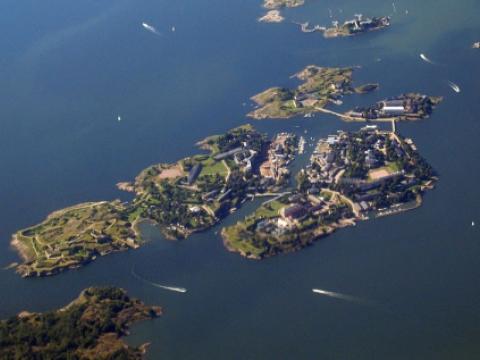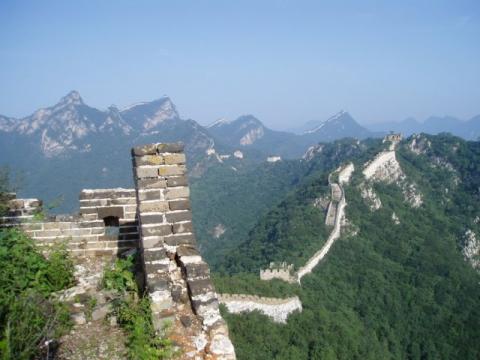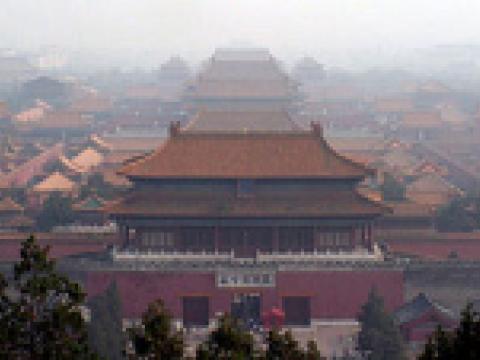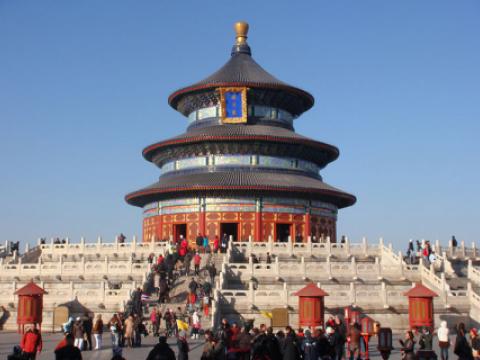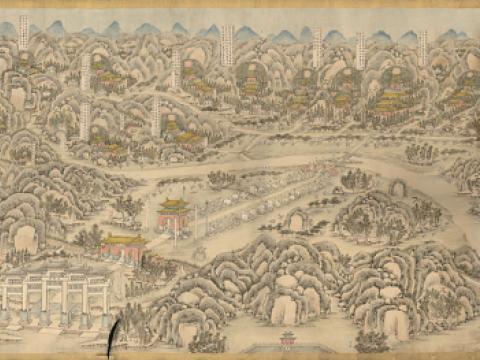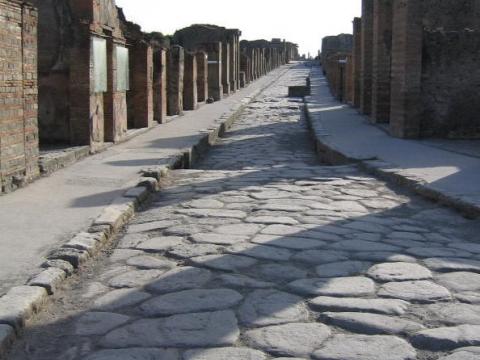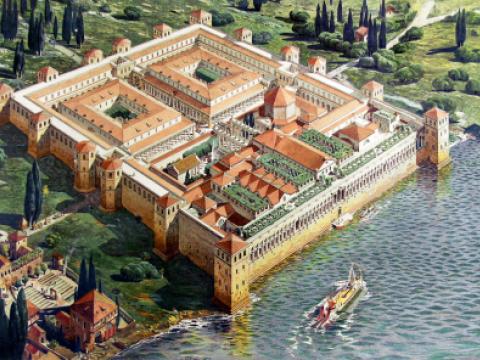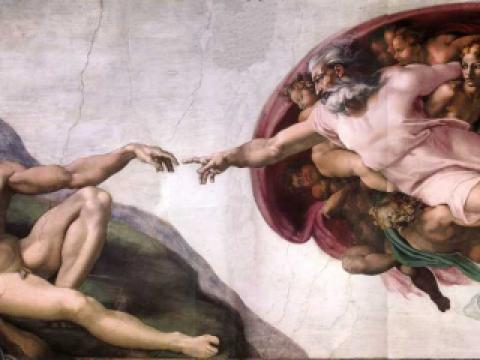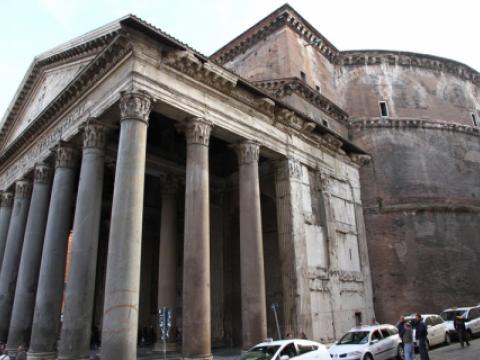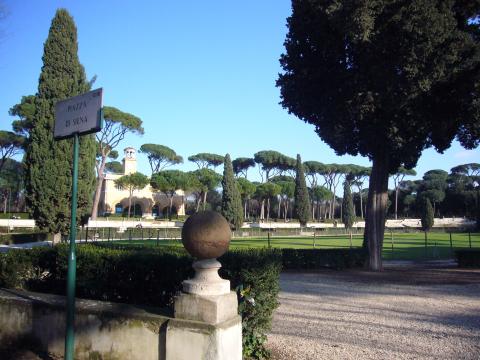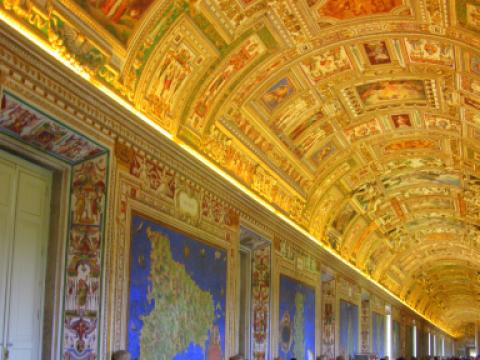Location
These weird looking constructions were a special type of defensive structure known as nuraghi developed on the island of Sardinia. No parallel structures exists anywhere else in the world. The complex is centered around a three-story tower that was built around 16th century BC. It consists of circular defensive towers in the form of truncated cones built of dressed stone, with corbel-vaulted internal chambers. The complex at Barumini is the finest and most complete example of this remarkable form of prehistoric architecture.
When this fortified village was found, it had been covered by ground and had become a hill. The Nuraxi su Barumini has been a UNESCO world heritage site since in 1997
The easiest way to get to Barumini is by car. From Cagliari, take the SS 131 to the SS 197.
There is no public transportation to Su Nuraxi but there are buses from the city of Cagliari to the town of Barumini and from the town it's about a mile walk.
Adult tickets are 8 euro as of 2011. All-inclusive tickets are 10 euro and include Casa Zapata nuaghe and museum in the town of Barumini.
The nuragic complex of Baurmini is open every day of the year from 9am until one hour before sunset. Visitors must be accompanied by a guide and tours are scheduled about every half hour.







